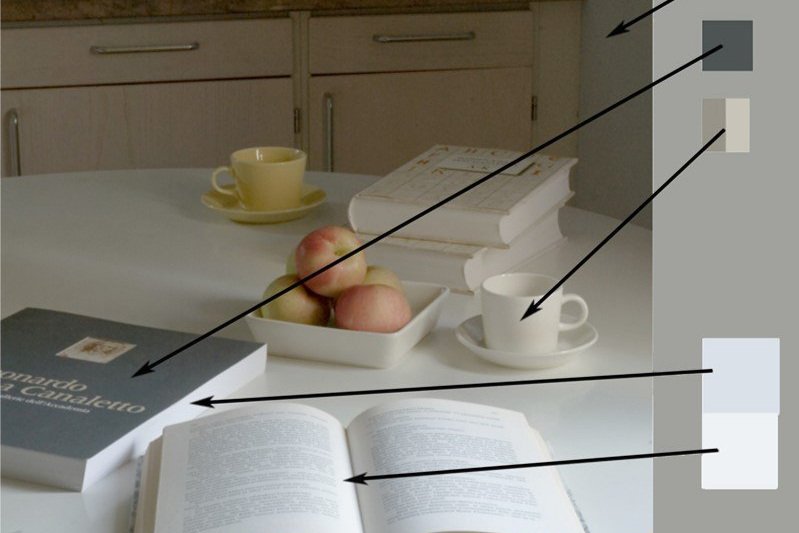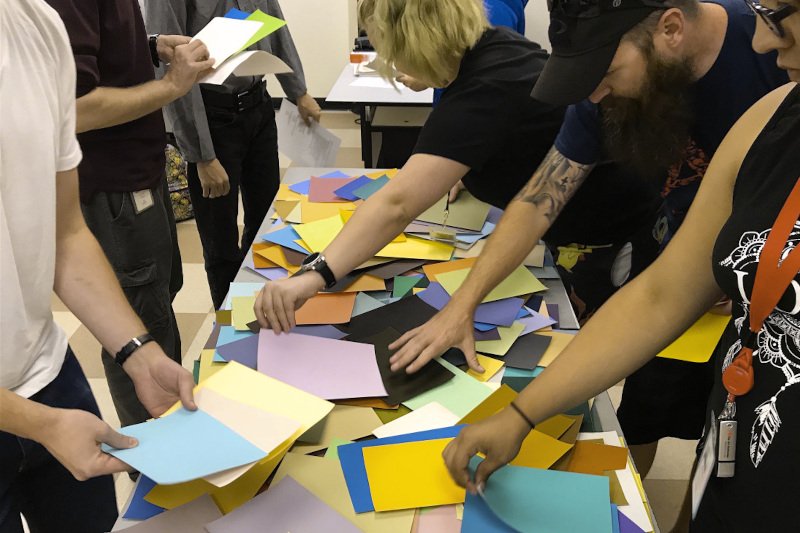Fundamental Concepts
Colour is an integral part of our everyday experiences, and it enhances the richness of our lives. The topic of colour is complex, and our knowledge is constantly evolving. The following ideas support the Colour Literacy Cornerstones: Experiencing, Describing, Perceiving and Working with Colours, and lay the foundations for 21st century colour knowledge. With the key colour fundamentals established, we can then dispel many of the Common Misconceptions about colour.
Experiencing colours
Colour is an essential part of our lives
Colour surrounds us: it is an integral part of our daily lives. It gives us information about the world we live in. We orient, we navigate, we communicate – all with colour. Yet often, we take it for granted.
Colour impacts us in complex ways
Colour can affect us viscerally, impacting how we feel in ways we cannot fully describe with words. Our experiential responses to colours are extraordinarily complex, and can depend on our past experiences, expectations, culture and environment, and may also change over time.
Perceiving colours
Have you ever noticed that the colour of an object can change? There are many factors which impact the exact colours we perceive - like the light source and the colours of nearby objects. Other less tangible factors like our experiences, memories and cultures also influence the colours we see.
People who are ‘colour blind’ can see colours, just not as many
There is a misconception that people with ‘colour blindness’ cannot see any colours at all. This is not true - they just see a more limited range of colours, compared to people with full colour vision.
Some people with synesthesia can experience colours through other senses
Some people with synesthesia can taste or hear colours, or see letters as coloured when they look at black letters on a white background. They have an intermingling of the senses, which affects how they interpret sensory information.
Describing colours
Colours can be described by more than just hue
When we describe colours, we often only use simple, single words like red or blue, but colours are more complex and have many characters, like pale, dark, muted or vivid.
Colours can be arranged 3-dimensionally
Colour wheels are often the first thing we learn about colour. Many people think they are the only way to arrange colours. Arranging colours 3-dimensionally gives a more realistic and useful view of the colours we see.
Working with colours
Colour is impacted by the devices we use
If we display the same images on different devices, the colours look different. Why?















